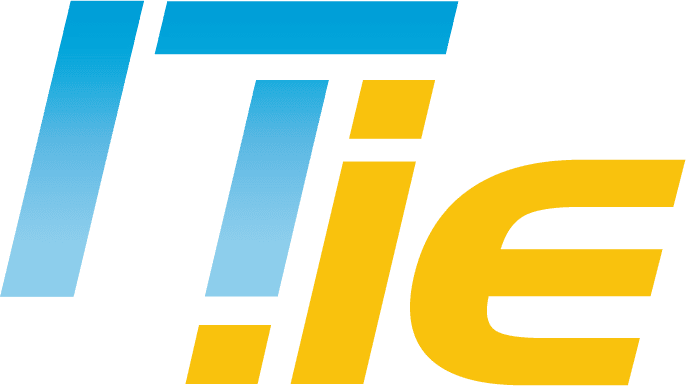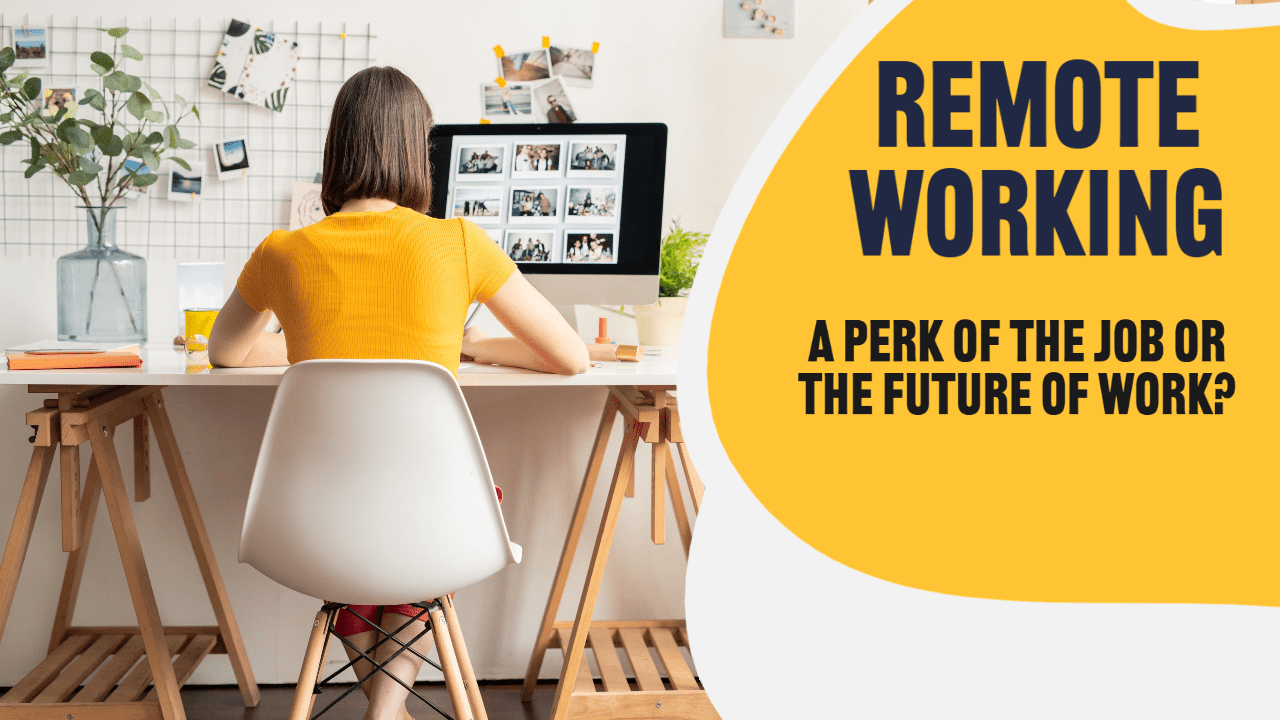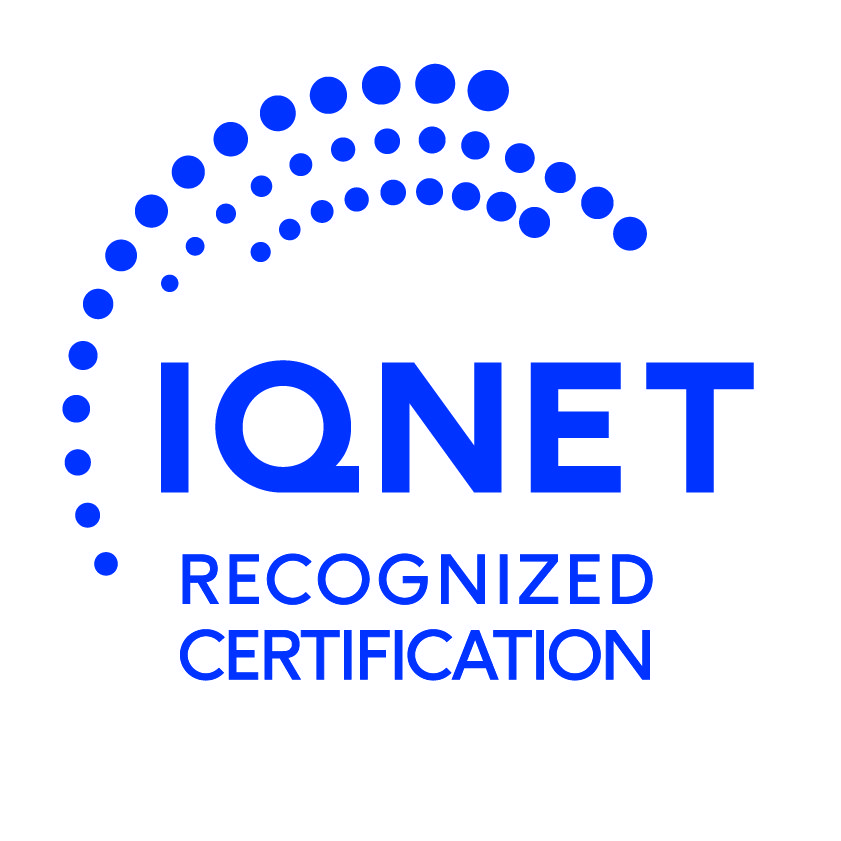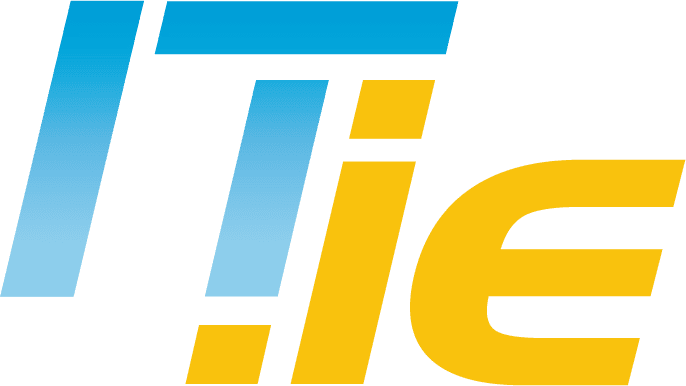
Remote Working: A perk of the job or the future of work?
The workplace saw a dramatic shift in 2020, owing to the Covid-19 pandemic and what was a perk only 12 months ago, became the norm in 2020. Back at the beginning of March 2020, I wrote that “there is a very real possibility that remote working may well become the business continuity tool of necessity for many businesses” and that has undoubtedly rung true. But now as we look to the future of remote working; will it once again be resigned to a perk of the job?
Without question, remote working is here to stay and while the pandemic accelerated the digital transformation for many businesses, they have now opened their eyes to the future of work practices. Back in 2019, before Covid-19 was on our radar, it was predicted that by 2025, 70% of the workforce would be working remotely, at least 5 days a month. A Gartner CFO survey revealed that over two thirds (74%) have plans to permanently shift employees to remote working after the Covid-19 crisis ends. Remote working has benefits to both the employees and employers. Motivated workers enjoy the autonomy of remote work, however, less motivated workers may struggle and need closer supervision. For employees, long commutes are a thing of the past and your employment isn’t dictated by geography. As an employer, you now have a larger pool of talent to choose from and the overheads borne from a physical office space can be reduced. There seems little doubt that a more flexible approach to work practices is a rapidly growing trend but there are a number of factors employers need to consider?
Company Culture
A strong company culture is a priority for many job seekers, however, a survey by TELUS International found that 51% of respondents felt less connected to their company culture during remote working. In the early spring of 2020, many businesses were in the infancy of their digital transformation when they were forced to adapt to new ways of remaining operational and so allowances have to be made for business viability taking precedence over everything else. Now, however, as we see some distant light at the end of a long tunnel, it’s time for business owners to put a strategy in place for flexible working solutions, with the company culture at the heart of it. Remote workers, many of whom had not worked outside the office environment before are feeling cut off from the pack and need to re-connect. Communication and collaboration platforms such as Microsoft Teams, Slack and Zoom have come such a long way over the past year. They now have some amazing features to allow teams to collaborate in ways that simply would not have been possible in the recent past but they are first and foremost communication tools and should be leveraged correctly. Virtual meetings are now an integral part of the remote working day but can lead to virtual meeting fatigue from endless formal meetings. Try to encourage, not just a virtual workplace but also a virtual office experience and all that it entails. Use digital tools to develop and grow relationships by encouraging non-formal engagement outside of formal meetings. What is known as the “watercooler effects” is a phenomenon occurring when employees would gather around the watercooler and chat in a non-formal way of social engagement. Of course, not all of the conversations had around the water cooler or coffee station are positive but they are a normal part of social engagement and should be encouraged. Consider creating channels within your communication tools that allow employees to come together and chat in a non-formal setting and free of management oversight. I would caution that guidelines would need to be established around the use of inappropriate language, bullying, sharing of offence material on the channel etc. This would be no different from communication guidelines within a physical office environment that would align with your company values.
Work-Life Balance
The work-life balance can be vastly different, depending on your situation. Some have a home office while others work with a laptop at the kitchen table. With schools closed at times during the pandemic, parents had to balance work with the care and education of their children. School closures were emergency measures during a pandemic but even when life gets back to normal, schools will close for scheduled breaks and remote working parents will have to balance work with parental responsibilities. Some remote workers might be good at compartmentalising work from home life while others may not have that luxury in a busy household. As an employer, you have expectations, in terms of output from your employees but the good news is that the remote working experiment of 2020 has worked with research showing an increase in productivity across the board. Remote working has changed performance management for the better with managers now focused on work done over hours worked.
We’ve all seen the cute and sometimes hilarious videos on social media of kids walking in on one of their parents in the middle of a meeting or delivering a presentation. I’m sure some employers get a little irritated at this but guess what, you’ve now brought your business into their home, so don’t be upset when they bring their home into your business. I’m not saying that you want your next team meeting to be a full family affair, but in order to promote a healthy work-life balance, there must be some element of crossover. Why not set up a virtual meeting where the children of team members get to meet and interact with each other. You might even learn something.
Cybersecurity is more vital now than ever
With organisations continuing to allow a significant part of their workforce to remain remote, cybersecurity will become an even greater concern in 2021. While many companies are making significant investments in their IT systems and infrastructure, the same cannot be said concerning cybersecurity. Employers now need to think strategically about cybersecurity investment and how to protect their remote workforce and their vital data into the future. The rush to get the workforce working remotely created a lot of opportunities for cybercriminals. This is somewhat understandable given the panic across many regions at the same time but almost a year later, many have still not implemented adequate security systems. If you get hit with a major data breach or loss of data resulting from a cyber-attack or human error, and you don’t have protections and reliable backups in place, then, it’s not a pandemic that will destroy your business but complacency. I suggest you talk to your Managed IT Service Provider about implementing robust Cybersecurity and data protection systems, as soon as possible.
The growth in remote working started well before Covid-19 was on our radar but the widespread and rapid adoption over the past year will be viewed by many as the great experiment of 2020, drawing on a massive worldwide sample set for analysis. Research tells us that, for the large part it works and has a great many benefits to both employers and employees but there are drawback and large-scale adoption across an organisation requires a highly motivated workforce. In the future, many businesses will operate entirely remotely while others will adopt a blended approach to remote working. If I was asked for a preference, then it would be for a blended approach that would still allow for face-to-face social interactions and experiences that simply can’t be fully replicated in a virtual world. Remote working isn’t for every business and for some it simply isn’t possible. That said, you can expect to see further growth in flexible working solutions throughout 2021 and beyond, powered by cloud services.














